

Books
Words on the Brain: Five Great Neuroscience Books by Women
Malcolm Gladwell and Oliver Sacks might be the marquee names, but some of the most compelling books on neuroscience have been written by women.
This article was made possible because of the generous support of DAME members. We urgently need your help to keep publishing. Will you contribute just $5 a month to support our journalism?
In the last decade, the American public has developed a rabid appetite for neuroscience, the study of the anatomy, physiology and biochemistry of our squishy cranial resident. We want neuroscience to solve our every dive bar debate: Why do we love jerks? Why do we suffer from depression? Are women really hardwired to be more peaceful than men?
Until the last 10 years or so, female scholars and scientists weren’t a big part of those debates or if they were, they were relegated to writing fluffy pseudo-science about the lure of our underarm odor and the like. A few strong books appeared pre-2000, such as Carol Tavris’ The Mismeasure of Woman (1992), but they were often packaged as feminist theory and not hard science. Although we may be too reliant on neuroscience now—more on that in a moment—there’s no denying that it’s created a boon for female science writers, who often challenge the assumptions of their male counterparts.
According to some, our lust for explanations might be contorting neuroscience into a know-it-all oracle instead of a tentative map of one of the most mysterious regions of the universe. In a recent New Yorker essay, prominent scholar Gary Marcus wrote, “The real problem with neuroscience today isn’t with the science…it’s with the expectations.” He continues: “There will eventually be neuroscientific explanations for much of what we do; but those explanations will turn out to be incredibly complicated.”
In other words, we still can’t tell why the brain recognizes a straight line, much less explain why Rihanna keeps going back to Chris Brown. Regardless of the relative shakiness of neuroscience, Marcus says it’s important that we still theorize anyway. And in a publishing marketplace where Malcolm Gladwell and pre-meltdown Jonah Lehrer make big money tying their positive creativity ideas to neuroscience research, the theories are rampant.
Here are some books, all written by women, that are the most reasonable, the most usefully skeptical and the least sensationalistic while still rattling some cages. Let us know what you would add to the list.
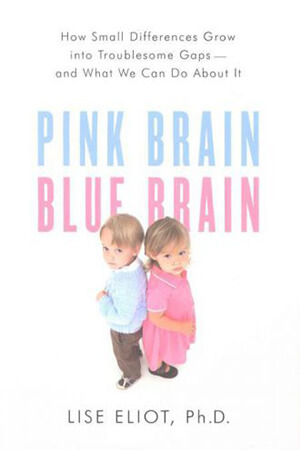
Pink Brain, Blue Brain: How Small Differences Grow Into Troublesome Gaps — And What We Can Do About It, by Lise Eliot (Houghton Miflin Harcourt, 2010)
It’s been drummed into our heads: Boys rule at math; girls are more facile with their emotions. Neuroscientist Lise Eliot debunks those harmful assumptions while still giving credit to research that proves the sexes are different. We can parent with respect to those differences, Eliot argues, without fomenting more gender wars.
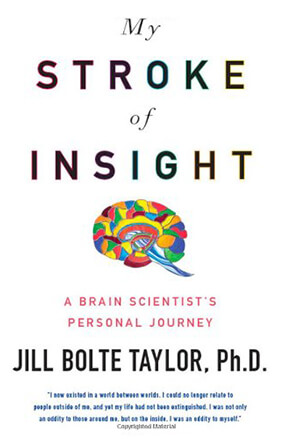
My Stroke of Insight: A Brain Scientist’s Personal Journey, by Jill Bolte Taylor PhD (Penguin, 2008)
At 37, this Harvard-educated brain scientist suffered a massive stroke that left her unable to talk, walk, write, read or remember anything previously. Instead of surrendering to chaos, Taylor charted her brain deterioration and reveled in the new ways her brain wired itself back together over her eight-year recovery. Especially recommended for fans of Oliver Sacks, who drew on his own mind-bending experiences for his latest book, Hallucinations.
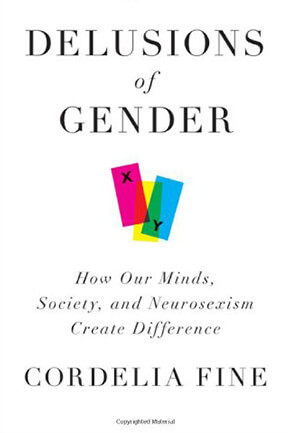
Delusions of Gender: How Our Minds, Society, and Neurosexism Create Difference, by Cordelia Fine (Norton, 2010)
Cognitive neuroscientist Fine rolls her eyes at the rigid concept of a “female” brain cut out for being a nurse or a “male” brain that loves to monkey with cars. More influential to our brains is all the cultural encouragements we get for fostering society’s ideal of what it means to be a man or a woman. Extra points to Fine for targeting John Gray of the “Mars and Venus” franchise; you’ll never think about the man-cave in the same way again.
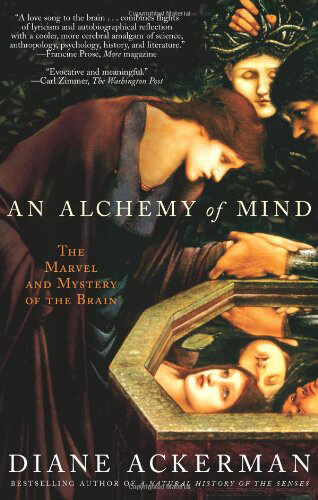
An Alchemy of Mind, by Diane Ackerman (Scribner, 2004)
The author of A Natural History of the Senses takes a poetic, roving look at the nature of the brain. She’s especially interested in the organ’s more enigmatic abilities, from neuroplasticity (a catch-all term for your brain’s ability to adapt to change) to facility with language to the volatile quality of memory and memory storage.
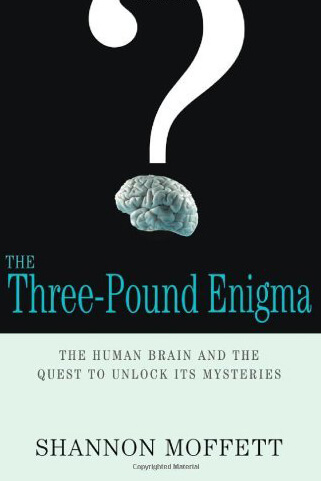
The Three-Pound Enigma: The Human Brain and the Quest to Unlock Its Mysteries, by Shannon Moffett (Algonquin Books, 2006)
In the first chapter, Moffett, a Stanford medical student, looks at a bullet in someone’s brain at Chicago’s Cook County Hospital with the operating neurosurgeon telling her you can’t ever pull something “directly out of the brain – it’s like pulling your finger out of a dam.” And so it goes throughout Moffett’s book, a tour through the frontlines of medicine and research, where she learns from academics, surgeons and even a few blissful Buddhist monks.
Moffett makes several connections between neuroscience and zen. She quotes poet and zen buddhist priest Norman Fischer: “Knowing nothing is a great place to start. I hope you end up there.” Yes, humility in the face of deep mystery but also, could someone write the book, “Zen and the Art of Neuroscience”? Bet it’d be a bestseller.
Before you go, we hope you’ll consider supporting DAME’s journalism.
Today, just tiny number of corporations and billionaire owners are in control the news we watch and read. That influence shapes our culture and our understanding of the world. But at DAME, we serve as a counterbalance by doing things differently. We’re reader funded, which means our only agenda is to serve our readers. No both sides, no false equivalencies, no billionaire interests. Just our mission to publish the information and reporting that help you navigate the most complex issues we face.
But to keep publishing, stay independent and paywall free for all, we urgently need more support. During our Spring Membership drive, we hope you’ll join the community helping to build a more equitable media landscape with a monthly membership of just $5.00 per month or one-time gift in any amount.


















































































